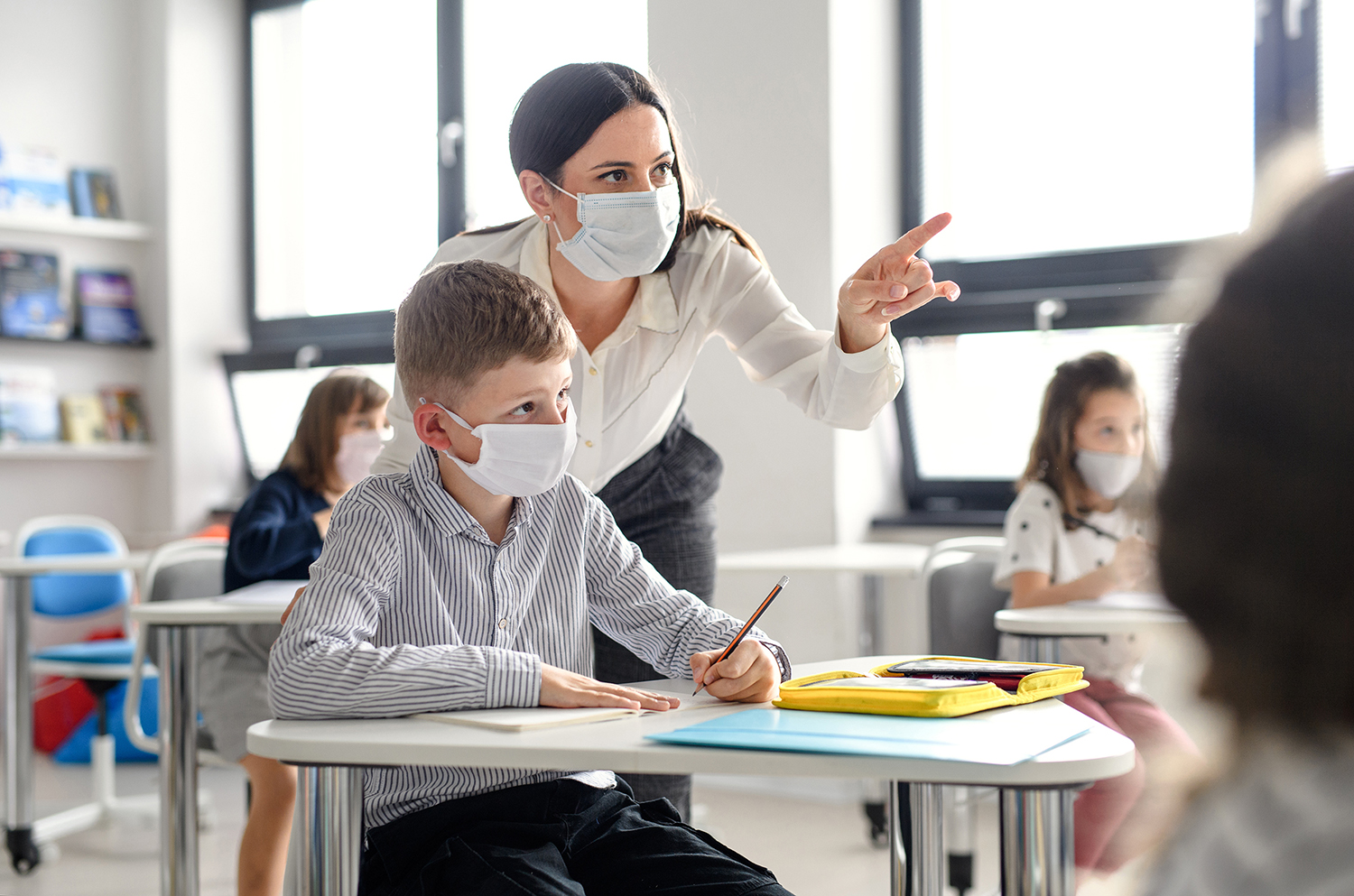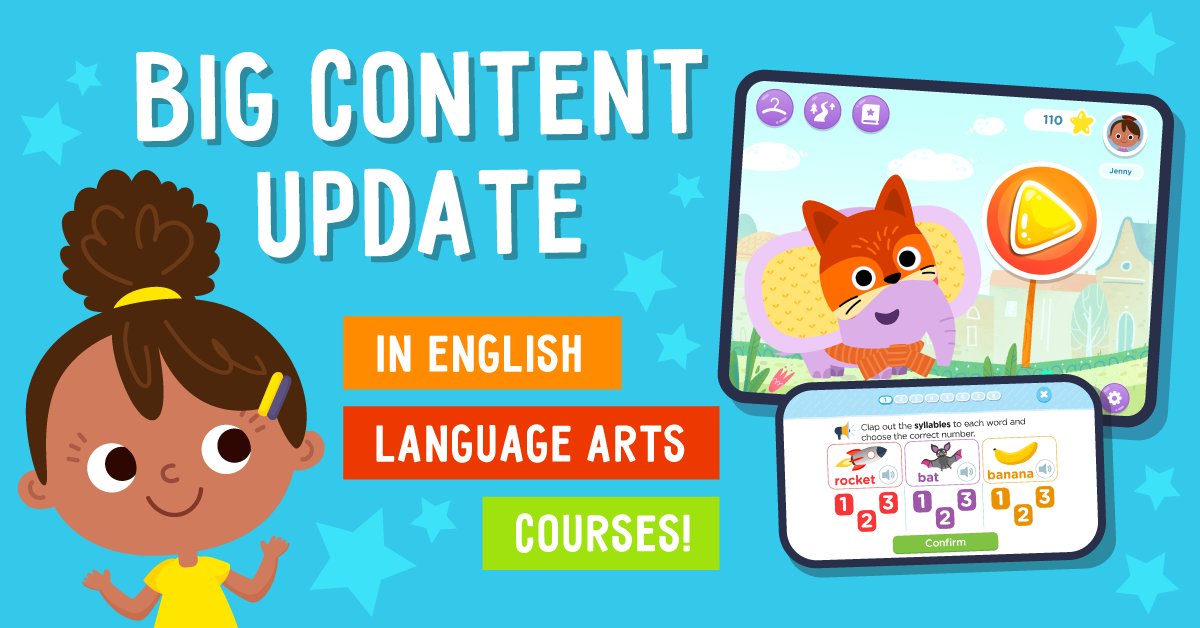Teaching and Schooling Pods: Alternative Teaching in Troubled Times
Aug. 11, 2020
This summer, as schools and their administration scramble to finalize plans amidst the ongoing Covid-19 pandemic, many teachers and parents are scrambling to make their own tough decisions. Lately there has been a lot of buzz over social media regarding teachers who are understandably afraid of going back into the classroom this fall. Likewise, many parents are nervous about sending their children back to school, where young learners may be exposed to the coronavirus simply by being around so many other students and adults.
Even for those who aren’t at a high risk of contracting the disease, many still worry about quality of the education being offered both on campus and virtually. While face-to-face instruction may be offered, school won’t be exactly the same when kids report to the classroom. New social distancing rules, masks, and limits to recess and playground usage will make for a drastically different experience, especially for the youngest learners who often need the most hands-on strategies to meet their social and academic needs.
So, for teachers and parents who are concerned that teaching and learning in the time of Covid may be dangerous, ineffective, or both, what can be done to minimize exposure while maximizing educational opportunity? For some, a new and intriguing option has arisen from the chaos: microschooling.
In the past few weeks, you may have heard some talk about learning “pods” or microschools. Join us as we take a closer look at this interesting concept to see if participating in a pandemic school pod might be the right fit for you or your own kids.
A Microschool Revolution: What’s a teacher pod and how do they work?
Microschools are exactly what they sound like: schooling opportunities that allow for only a very small number of students and staff. While state laws surrounding homeschooling differ, all kids in the United States are allowed to be withdrawn from public or private schools to be homeschooled. For parents and caregivers who are unable to facilitate the teaching themselves, many are instead opting to hire a teacher to help.
A private pod school is a lot like parent homeschooling co-ops, where stay-at-home parents pool together their children and share teaching responsibilities. The only difference is that the group of parents work together to hire an outside instructor, and the pod essentially becomes a miniature school. The group decides where to meet, for how long, and which days of the week, and families combine their money to pay a salary. For educators, this can be a lucrative way to resign from large, over-filled classrooms!
Advantages for Teachers
As a teacher, you might be beginning to imagine the possibilities and benefits of pod teaching and learning! For starters, some of the advantages include:
Small class sizes. A general education elementary teacher may have up to 25 kids or more, while a middle or secondary instructor may have multiple classes with sometimes as many as 180-200 students on their complete roster! When teaching a small cooperative pod privately, educators can enjoy a class of only about 6-10 kids, and they see that same group all day, every day. This means that teachers can differentiate and personalize instruction much more easily, while having the autonomy to get creative with lessons and assignments.
Adsense-containerLess risk for viral exposure. Since instructors see the same small group of students each day, pod teaching greatly reduces the risk for contracting the coronavirus, as well as other infections by simply cutting the amount of possible exposures. Teachers can think of it as their own personal school “bubble”, just as professional sports leagues are calling it.
Enjoy a comparable or even higher salary. Educators are professionals with college degrees and highly refined expertise in their field. Consequently, they don’t come cheap! Families that choose to hire a teacher expect to pay more than they would for a babysitter or tutor. Many teachers can make up to $100 an hour and end up earning more than they ordinarily would with a public-school district.
Less local and state oversight or control. Many states are very lenient when it comes to homeschooling requirements, and private schools are free to create their own curriculum and assessment systems. This gives parents and teachers the flexibility to personalize learning to meet the interests of the children involved.
Flexible work schedules. School hours are flexible in teaching pods and are usually dependent upon the needs of the families who hire the teacher. With that in mind, educators can work with the families to design a schedule that works for everyone.
Advantages for Parents
For parents, there are many similar advantages as those mentioned above. In addition to obvious benefits, such as a flexible schedule and a personalized curriculum, some of the advantages for families include:
More control. When kids attend a large public or private school, parents rarely are able to choose their kids’ teachers. When hiring a pod teacher, the ball is in the parent’s court. Suddenly families have the ability to interview and select the candidate that will work best with the group of children. Likewise, parents are also able to choose the other families who participate in their pod, all but eliminating bullying.
More 1-on-1 time with the teacher. Since class size can be so large in a public school, many kids and their families feel that they don’t get the attention they want or need from the teacher. Because pods eliminate class changes and large groupings, each student involved receives ample 1-on-1 time with the instructor.
Maintains some degree of social interaction with peers. It makes sense that each pod participant should get along with each other and are friends. Because of the limited exposure risk, microschooling groups are freer to play and work collaboratively with one another.
Parents can work. Possibly the biggest advantage of all is that parents are still able to work, whether they need alone time to work from home, or if they have to report to their office or worksite. For many districts around the country that are opting for a remote start to the academic year, families are put in a tricky situation where they must find care for kids when previously students were in school. A teaching pod can help bridge the gap!

Disadvantages
Of course, pod teaching and learning is not without its disadvantages or risks. Some of the biggest downsides include the financial commitment, and the inherent risks for both teachers and parents:
Cost. As mentioned above, hiring a professional teacher is costly. While all parents will be contributing to the teacher’s salary, it still presents a financial burden that wasn’t an issue when children were attending public school.
There is still some risk of contracting Covid-19. Ultimately, the only way to prevent illness is to socially isolate and quarantine. Even though pods are small, there is still some degree of risk when any group of children come together and share a space.
Loss of benefits. For teachers, leaving an employer to work privately means losing access to employer health and life insurance benefits. Educators should research plans to replace benefits packages with self-bought options.
Legal and tax ramifications. Teachers should think of a teaching pod opportunity as a business that they are starting. This might require paperwork from your local county to start a business, as well as a tax ID number. Be sure to look up the laws regarding private schools and learn how you will pay taxes on the income earned from pod teaching. Always follow local, state, and federal laws when setting up your business, and be prepared for any legal issues that may arise.
Unfortunately, there are no perfect or one-size-fits-all solution for teaching and learning during a pandemic. However, with a little bit of creativity, families and teachers are beginning to work together to create a viable way to move forward in spite of ongoing outbreaks. Whether you are a teacher or a parent, microschooling might be one way to reduce exposure to the virus while earning a legitimate income or giving children a quality education. Consider both the benefits and disadvantages to see if teaching pods might be the right fit for you and your family!





%20(1).jpg)






